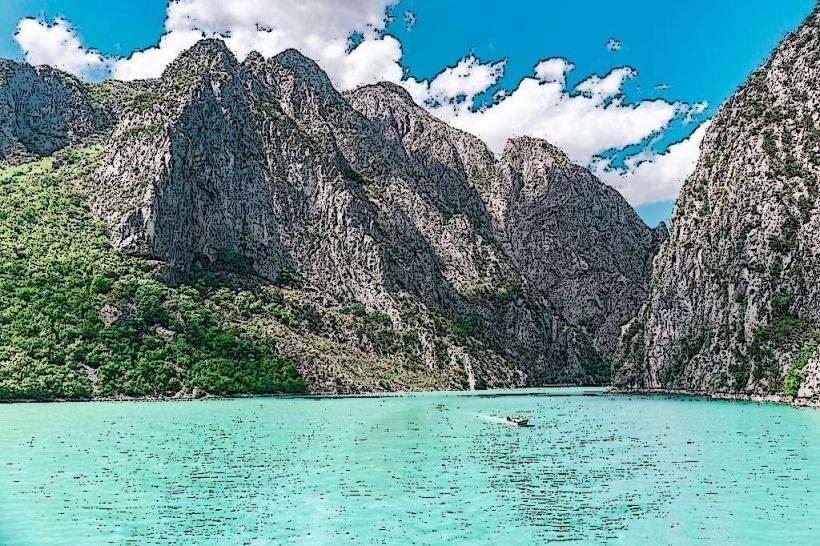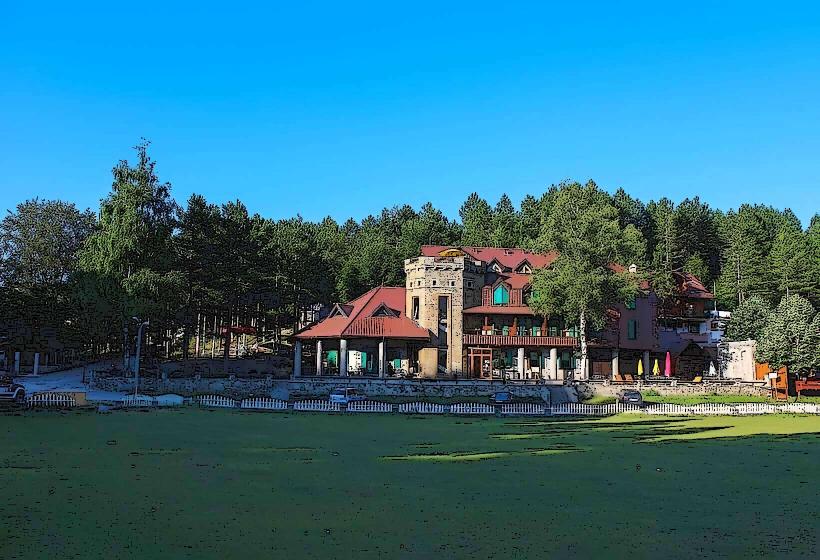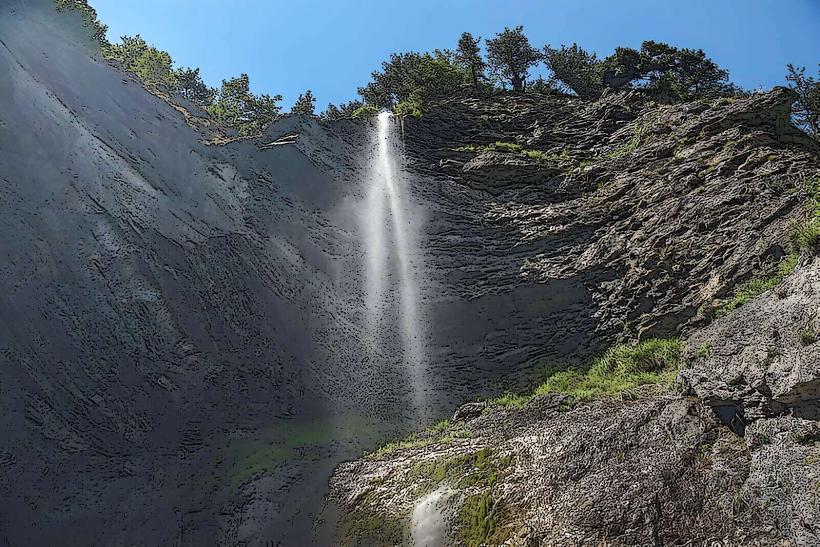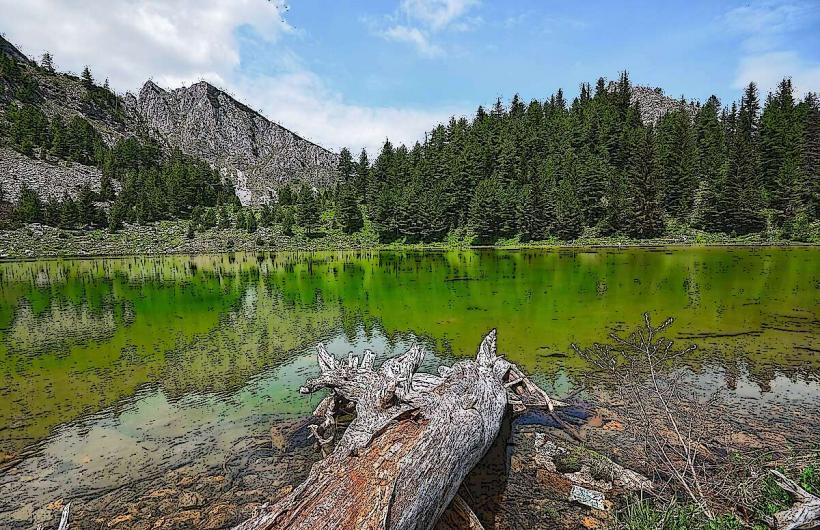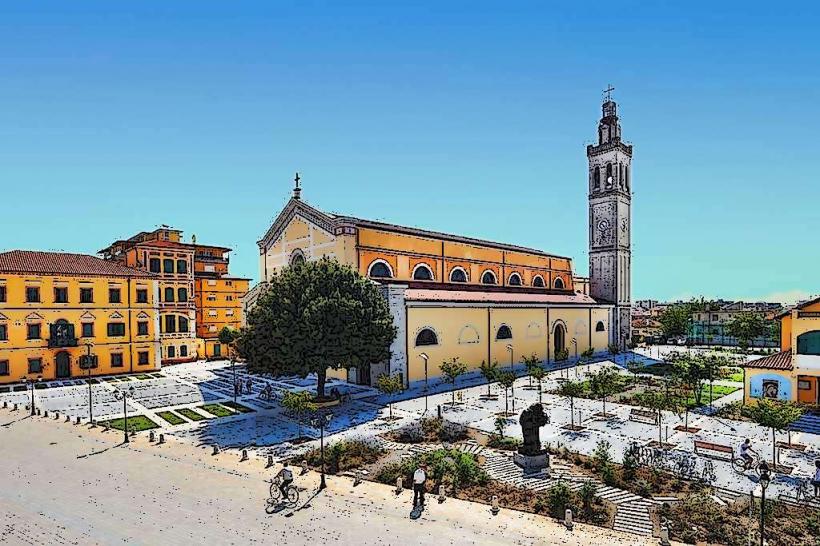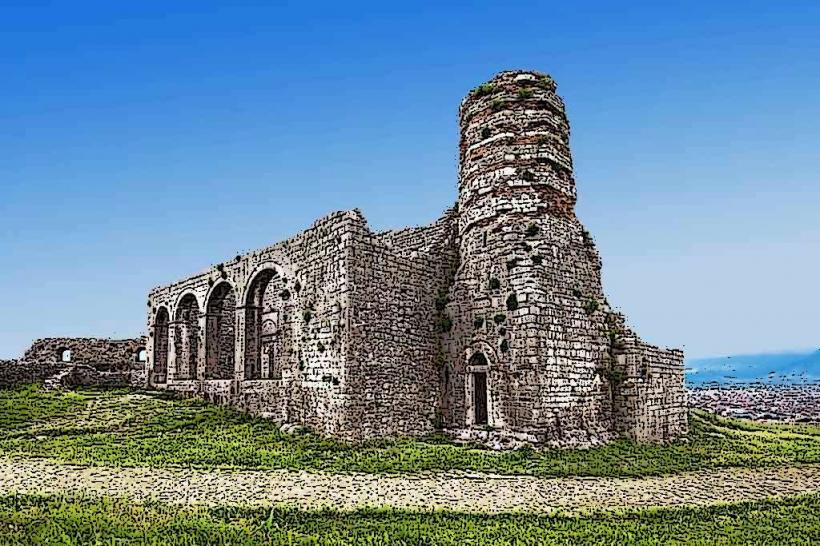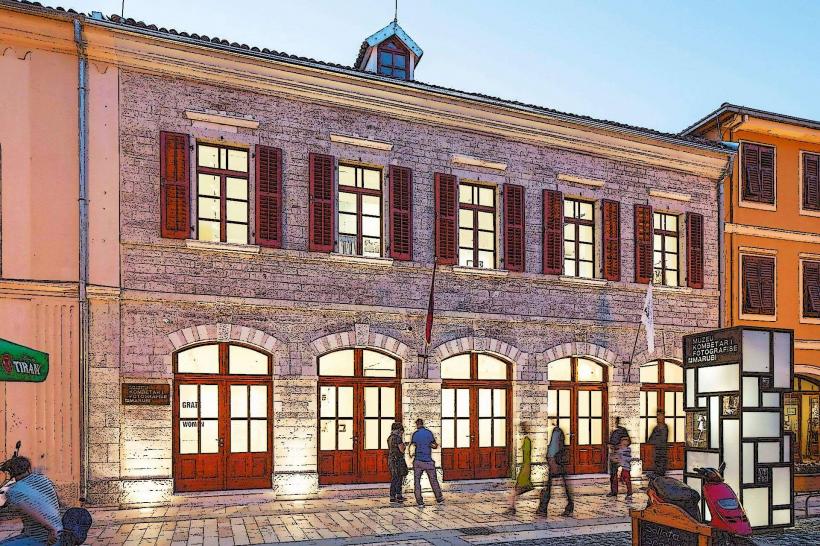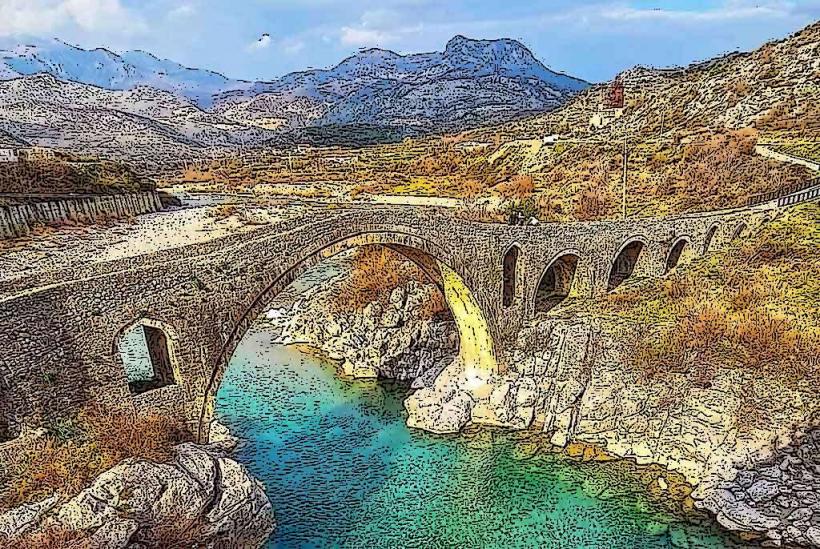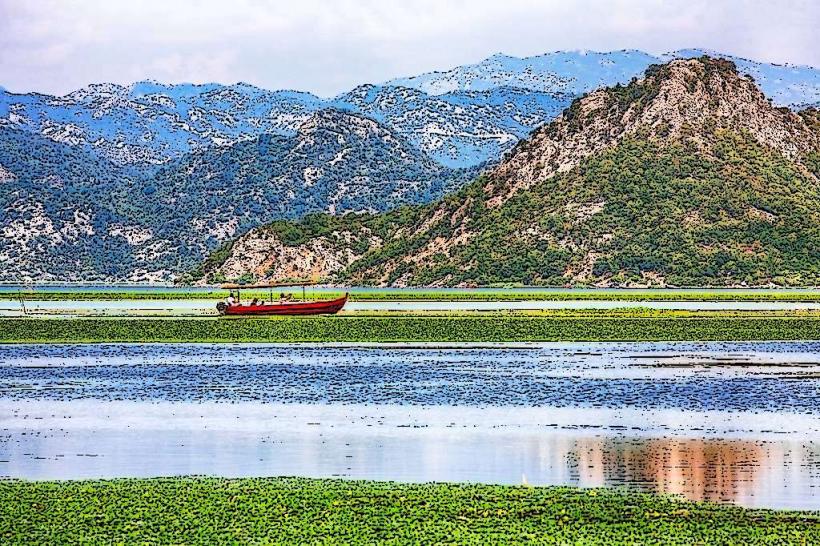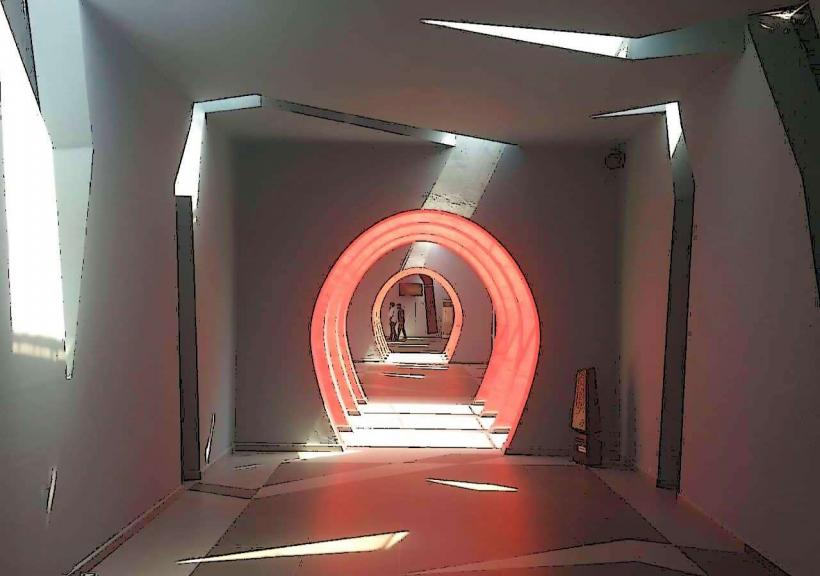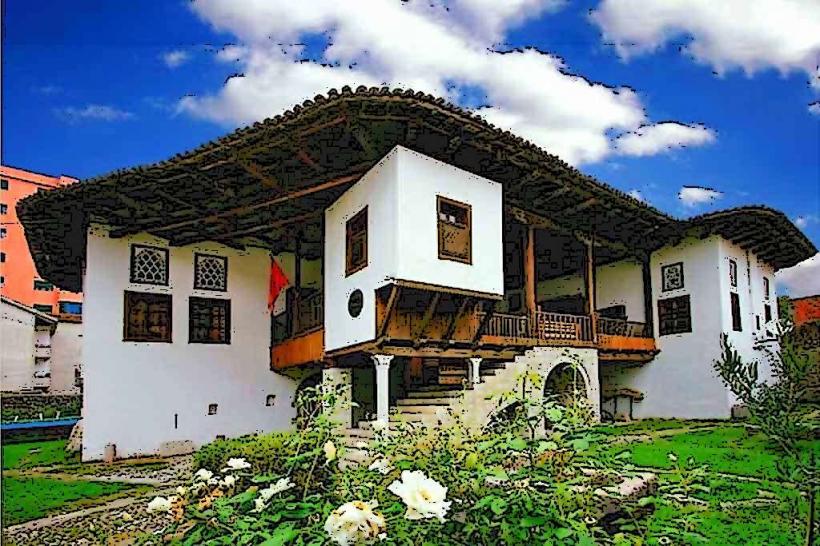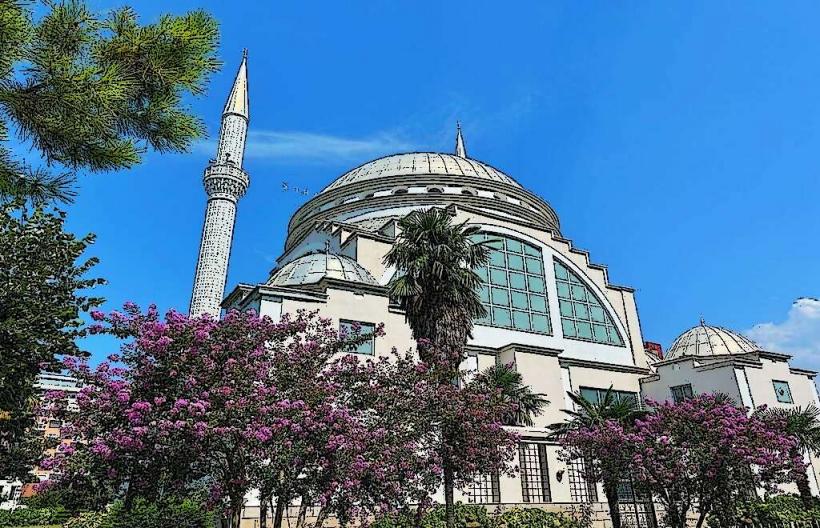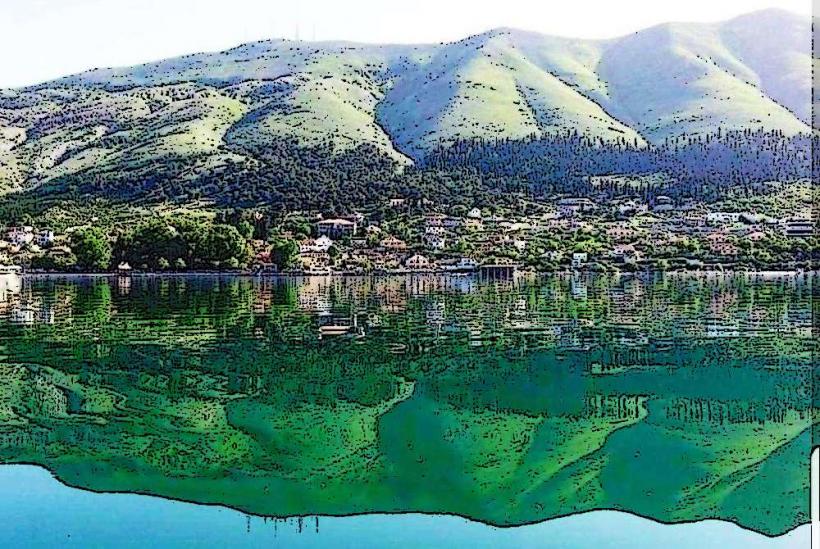Information
Landmark: Lead MosqueCity: Shkoder
Country: Albania
Continent: Europe
The Lead Mosque (Xhamia e Plumbit) is a historic and architecturally significant mosque located in Shkodër, Albania. It is one of the oldest mosques in the country and stands as a testament to Albania’s Ottoman heritage. The mosque derives its name from the lead coating that once covered its domes, a feature that gave it its distinctive appearance and protected it from the elements.
Historical Background
Construction
- The Lead Mosque was built in 1773 by Mehmet Pasha Bushati, a prominent member of the powerful Bushati family, which ruled northern Albania during the Ottoman period.
- It served as a central place of worship and an architectural statement of Shkodër's importance during the Ottoman Empire.
Ottoman Influence
- The mosque reflects classic Ottoman architectural styles, which were prevalent in Albania during this era.
- It was strategically placed near the confluence of the Drin and Buna rivers, an area of great significance for trade and military defense.
Post-Ottoman Period
- After the fall of the Ottoman Empire and during the Communist regime in Albania, the mosque ceased to function as a place of worship. Religious practices were banned, and the mosque was neglected.
- Despite this, it survived Albania’s anti-religious campaigns and remains a protected cultural monument today.
Architectural Features
Overall Design
- The mosque follows a classical Ottoman design, with a single large central dome and a tall minaret.
- The structure is built primarily of stone, with fine craftsmanship evident in its details.
The Dome and Minaret
- The mosque’s central dome, once coated in lead, dominates its silhouette. While the lead coating has since been lost, the dome remains a striking feature.
- The minaret, slim and elegant, rises beside the mosque and is adorned with simple but graceful decorations.
Interior
- The mosque's interior is relatively modest, reflecting the simplicity of Ottoman religious architecture in smaller regional mosques.
- The prayer hall is spacious, with large windows providing natural light.
Courtyard
- The mosque is surrounded by a small courtyard, which adds to its serene atmosphere. Historically, it included a fountain for ablution (ritual washing before prayer).
Cultural and Historical Significance
Religious Importance
- As one of the oldest surviving mosques in Shkodër, the Lead Mosque symbolizes the city’s rich Islamic heritage and its role as a cultural crossroads.
Architectural Heritage
- The mosque is a rare example of well-preserved Ottoman architecture in Albania, making it an essential site for understanding the region’s history and architectural traditions.
Protected Monument
- Designated as a Cultural Monument of Albania, the mosque is protected by law, ensuring its preservation for future generations.
Current Status
- The Lead Mosque is no longer an active place of worship but remains a historical site.
- Restoration efforts have been undertaken to preserve its structure, though it has faced challenges such as flooding due to its location near the rivers.
- It is open to visitors, offering a glimpse into Shkodër’s Ottoman past.
Visiting the Lead Mosque
Location
- Situated near the Buna River, the mosque is easily accessible from Shkodër’s city center.
- Its picturesque setting makes it a popular stop for tourists exploring the city’s historical landmarks.
Tips for Visitors
- Visitors should respect the site’s cultural and religious significance by dressing modestly and behaving respectfully.
- Photography is usually allowed, but it’s good to confirm upon arrival.
Nearby Attractions
- Combine your visit with other local landmarks, such as:
- Rozafa Castle: A short distance away, offering panoramic views and historical insights.
- Marubi National Museum of Photography: Highlighting Shkodër’s cultural and artistic heritage.
- Lake Shkodër: Ideal for nature lovers and those seeking scenic beauty.
Why Visit?
The Lead Mosque is more than a historical monument; it is a symbol of Shkodër’s cultural diversity and architectural legacy. Its tranquil setting and timeless beauty make it a must-visit for anyone interested in Albania’s rich history, religious heritage, or Ottoman-era architecture.

